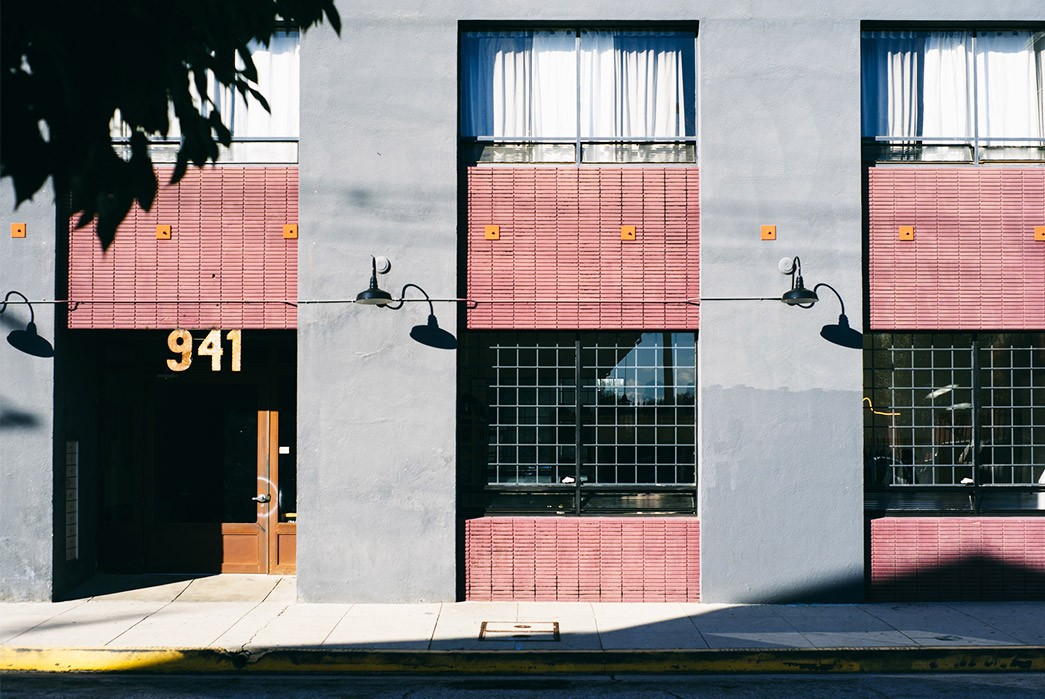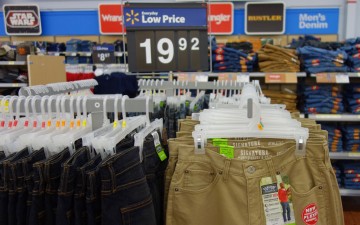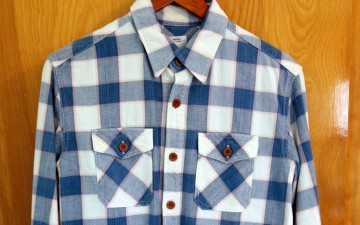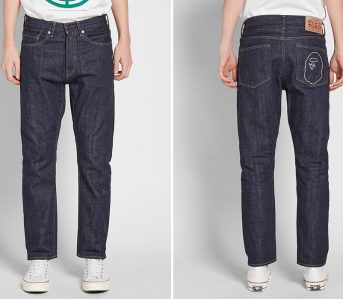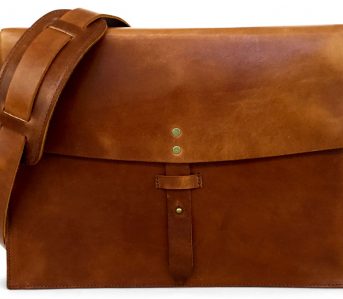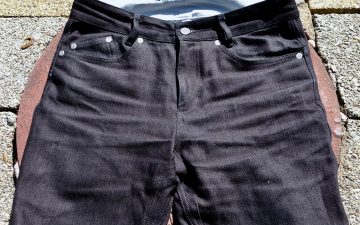Beneath the Surface is a monthly column by Robert Lim that examines the cultural side of heritage fashions.
Retail stores come and go, for many reasons. Rising rent, changing tastes and, of course, increased competition from the Internet. While some go quietly, a select few engender a much more emotional response from their customers when they close their doors for the very last time. We react this way because the best stores represent something much more than a place to buy things, and bely the notion that all shopping will one day be same-day delivered from an online store at the cheapest possible price – the Amazoning of retail.
I started to reflect on exactly how stores mattered with the closure of Other Music, an underground record store at the doorstep to the East Village that shut its doors in June. And recently, designer jeffstaple’s unique street culture boutique Reed Space (est. 2001) closed its original location in the Lower East Side. They were both downtown New York City institutions and served their respective communities in ways that went beyond the products they sold.
Reflecting on these losses made me wonder – how can stores still be relevant, in this rapidly changing world of retail and in the era of social media? For insight on that topic, I consulted Andrew Chen of Self Edge and 3sixteen. When we spoke, he was on the verge of opening 3sixteen’s flagship store in Downtown Los Angeles, and it was something that he had been giving serious thought to. But first, a trip back to 1995, when Other Music opened.
Part One: Other Music
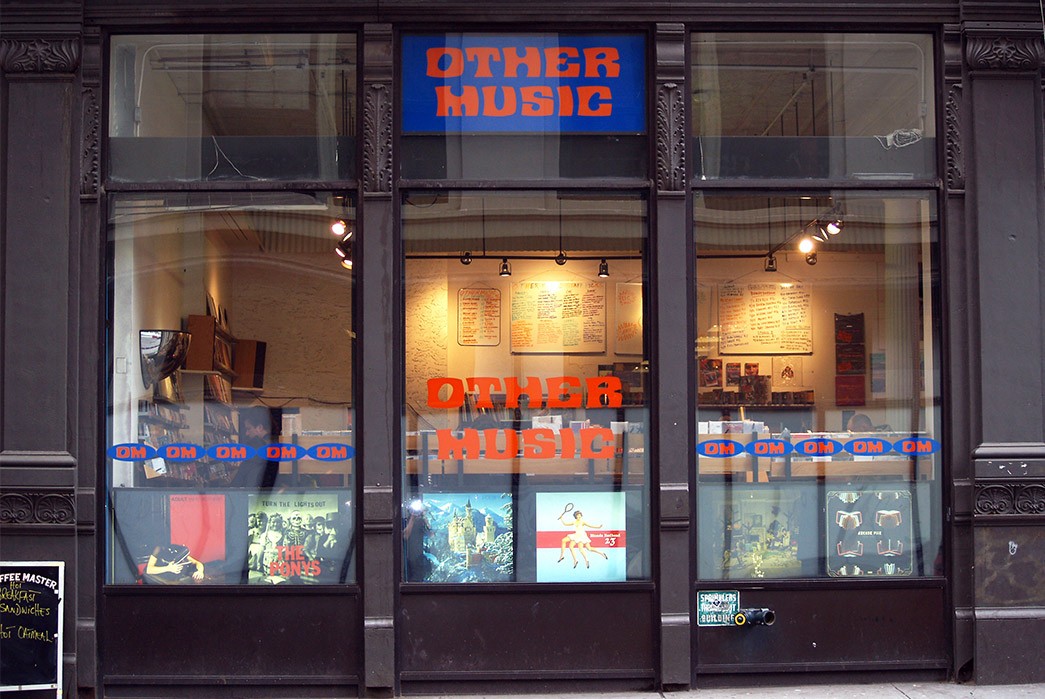
via Other Music
Other Music was founded by a handful of people who had formerly run the music department of the old Kim’s Video on Bleecker Street. It opened across the street from the Tower Records on Fourth Street, which was itself a groundbreaking retail establishment and a pioneer in a part of the city nobody went to when it opened in 1983 (if you’re interested in that story, check out the 2015 documentary, All Things Must Pass). By the mid-90s, Tower had, simplistically, become a symbol of a “stack them high, sell them deep” approach to inventory. What Other Music had to offer, then, was a more edited approach to a store – its stock carefully curated by a tastemaking staff, with an emphasis on the subaltern – the “other.” Part of this was out of necessity – the storefront was tiny, so it had to be judicious about back catalogue, and emphasizing the uncommercial was a good place to carve out a niche among the dozen or so record stores crowding downtown New York City.
I grew up in the record stores near Ohio State University’s campus, and to an entire generation of New Yorkers, Other Music offered a similarly formative experience. For one, the store actively catered to an audience of listeners who weren’t interested in allowing musical genres to dictate what you did or didn’t listen to. It might be hard to believe today, but twenty years ago, it was unusual to find someone who listened knowledgeably to diverse genres like hardcore, psychedelic rock, techno, and jazz. Each trip to Other held the promise of discovering something new and amazing. As an example of both its reach and eclecticism, a tiny part of the Internet lit up when word got around of Aphex Twin’s visit – he apparently picked up a bunch of expensive used records by the German post-serialist composer Karlheinz Stockhausen.
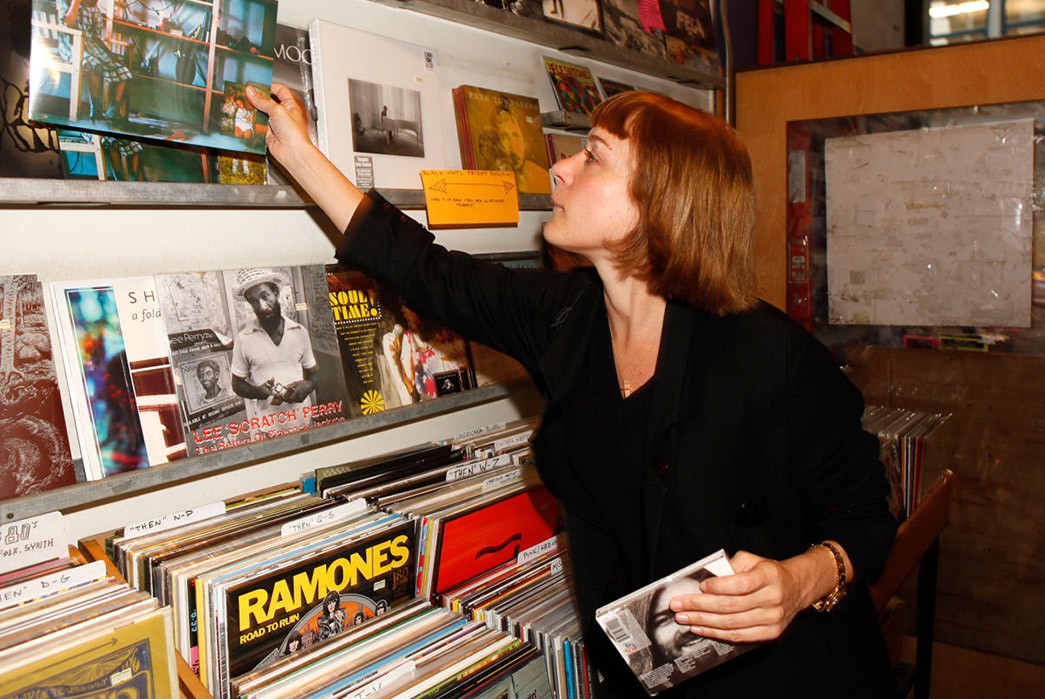
Chloe Sevigny, at Other Music (photograph by Thos Robinson, via Wireimage for American Express / Getty)
Record stores have always been places that musicians and others with a knowledge of music and unpredictable lives could find employment, and Other Music was no exception. Its employees started bands (Jane, Excepter), wrote zines (Adam Lore’s 50 Miles of Elbow Room), and worked in underground radio. For example, Duane Harriott (aka DJ Duane) ended up getting a show at WFMU, while former WFMU music director Robin Edgerton edited Other’s weekly email list – one of the best written new release bulletins in the country.
If this all sounds a bit cozy, I only mention these associations to underscore the interconnectedness of underground cultures – they need places to congregate, where they can exchange ideas necessary to gestate new ones, and where they can support each other through challenging times. Other Music, and stores like it across the world, were more than record stores – they served as community centers for their scenes. It brings to mind the world’s most famous skateshop, founded five blocks around the corner on Lafayette Street in 1994 – which was itself up the street from Liquid Sky, a store owned by DJ Soul Slinger where you could once buy a jungle 12” and hoodie from Chloe Sevigny before her star turn in Kids.
Part Two: Reed Space
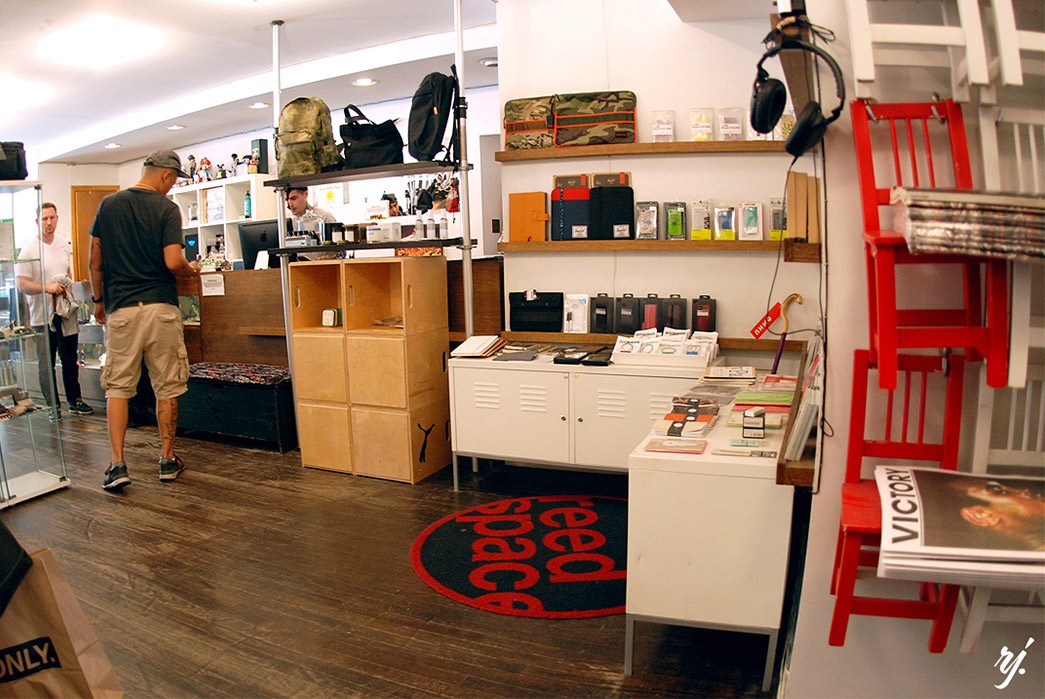
Reed Space interior (via the rj project.)
And speaking of streetwear, it’s grown from barely existing as a concept fifteen years ago to something that is starting to pay homage to itself. Nike SB making shoes inspired by the boxes it used to use ten years ago is genuinely funny but also something real at the same time. jeffstaple, the founder of Reed Space (in addition to the Staple Pigeon brand and Staple Design Studio), once described streetwear as a confluence of skate and hip-hop / urban culture, and like those things it’s gone from something local and rebellious to a huge industry carried in mall stores across the country.
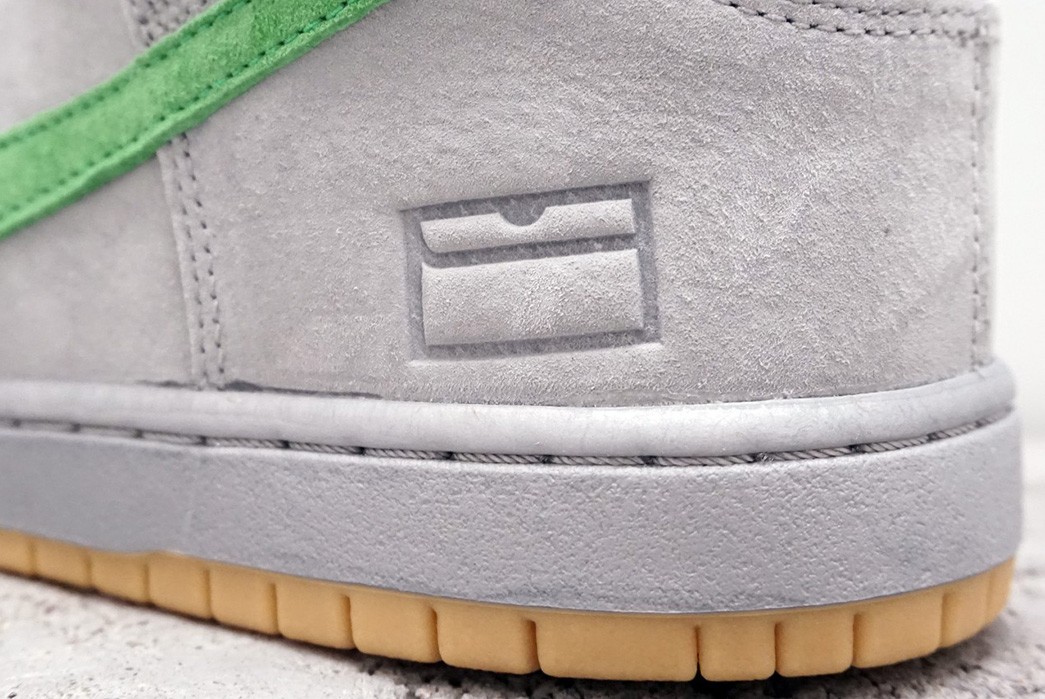
Nike SB “Silver Box” Dunk with debossed detail (via Civilist)
In the evolution of streetwear, Reed Space set a singular course at its forefront. It became famous for sneakers, but even in 2007 (when it was named “Best Sneaker Lifestyle Store” by New York Magazine at the height of the sneakerhead bubble), it only devoted 20% of its inventory to footwear. Beyond that, it also maintained a fairly extensive collection of printed matter (magazines such as Arkitip), a small collection of music / mixtapes, and apparel from a constantly changing, wide collection of designers.
I don’t know for sure, but I’m guessing that when Reed Space carried a brand, it was likely to have been among that brand’s first accounts in the US. Just thinking back to my memorable purchases there: 10 Deep, Reigning Champ, Acronym, Converse First String. The first thing I ever bought there was an acrylic scarf from a now-defunct British brand called Poets and Thieves making explicit reference to the Brixton riots – it resonated with me, but I can’t imagine anyone else being interested in what’s basically a really confusing English football scarf, let alone importing it.
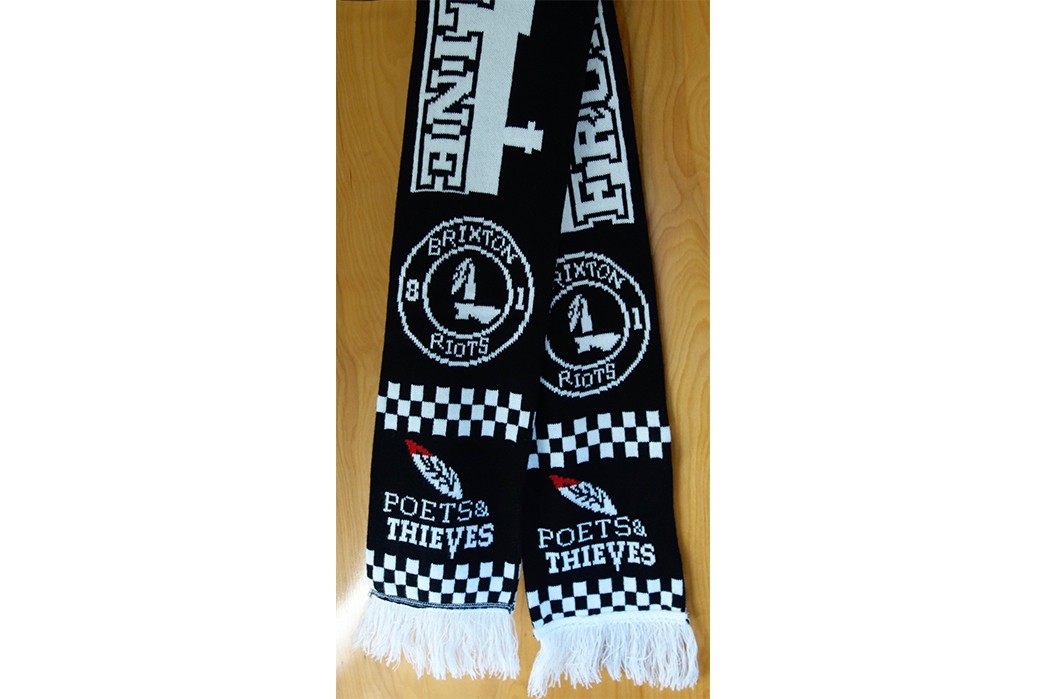
Poets and Thieves, F/W 2006
I asked jeffstaple (known to the government, and old-fashioned columnists, as Jeff Ng) about his roster of brands, and it turns out that being first was never something he purposely set out to achieve. It was a carryover from the way the store started, stocking brands such as 10 Deep and Milkcrate Athletics, along with Japanese brands like diffeducation and BackChannel. “We were actually buying a lot of things from Japan and hand-carrying them back – stationery, magazines, books. So it was really about joining things I was seeing in my travel, whether London, Paris or Tokyo and trying to bring a slice of it back to New York. So in the beginning, it was really about my friends’ brands and stuff that I was finding all over the world.”
Speaking of his peers back then, Ng expands:
“We all had our own vibe… we all offered something very, very unique, which is what was really the seeds for the culture. If you’re looking at it from the outside looking in, you’re seeing the different personalities come through in the products that we were selling and the store space we were curating. You really felt, if you walked into a shop, like you were walking into an artist’s studio or creator’s mind – and when you walk into the next one, you’re getting a whole different experience. Reed Space was always about letting other brands and entities shine, but for the people who knew I owned Reed Space, you felt like you got a glimpse into what inspired me all over the world.”
And as the reputation of jeffstaple, the store, and its booming Lower East Side neighborhood spread, Reed Space became known throughout this global community – “at a certain point in time, up to 60% of our clientele was from overseas… and with the [surge in streetwear’s popularity], where it became mainstream almost, we started to get a lot of customers that were locals. But we never really changed all that much, we kept our assortment and vision very consistent.”
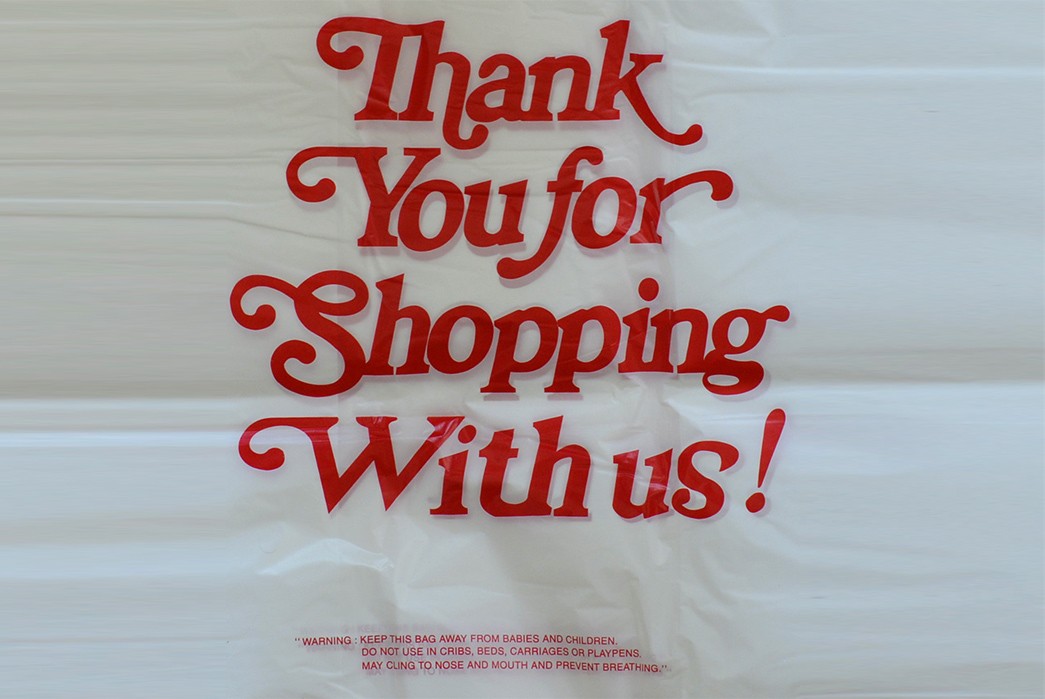
via BagsOnNet
At the Reed Space, there was usually a chalkboard or whiteboard that said “thank you for learning with us.” I never knew what that meant at the time. Ng explains: “[that tagline] came from those bodega shopping bags that said ‘thank you for shopping with us’… Reed Space was never really about a store that wanted you to buy lots of stuff – it wasn’t a commodity-based destination, it was much more of an educational, experiential, learning destination. We did the ‘thank you for learning with us’ as a sort of pun to ‘thank you for shopping with us.’”
Reflecting on the many firsts of the Reed Space, Ng doesn’t limit the discussion to brands.
“We had FAILE’s first solo exhibition in NYC, one of Jose Parla’s first shows, Neckface’s first show, Boogie’s first show, so it was really dope to start these artists and designers off… We were one of Nike SB’s first accounts – also Nike Considered, which was Nike’s initial green initiative that would end up becoming Nike Better Day – now Nike’s company-wide initiative on being ecologically friendly. Everything from Nike to this small zine, that was really cool about Reed Space… that all of that made sense there.”
I wondered – did the educational aspect have to do with trying to convey a larger context for streetwear – to honor its roots? Much like hip-hop had its four elements, streetwear was once more than sneakers and hoodies.
Ng takes the broader view:
“You mention the context of streetwear, hip-hop and skate – if you really broke it down, you could dissect it that way, but I always recognized it was 30,000 feet higher than all those things. Streetwear, hip-hop, skate, punk, urban, sneaker culture – all of these are evidences of a higher level of thinking. If a hundred years from now – the Earth is over, Manhattan is buried and Martians came and excavated out what our culture was about – they would find artifacts. They would find art and sneakers and these weird [graphic] t-shirts. But if they pieced them all together, what they would deduce is that there was a generation of young people that were going against the grain of what traditional culture was telling them about. They would excavate out Wall Street and Midtown and they would see the artifacts of those areas [the “corporate” parts of the city], and they would be like ‘wow, something really different was happening in this pocket of Manhattan that was only ten blocks away from everything else; what was going on in this area?’
“That kind of goes back to [the motto of Reed Space] ‘a positive social contagion’ where it’s a group of people thinking for themselves, thinking passionately about themselves and moving the culture forward.”
I’m actually surprised to not have seen more coverage of Reed Space closing as an end of an era, but in a way it is. You can buy those “Silver Box” Nike SB dunks – made by a brand that was legendarily difficult to get an account with ten years ago – at Sears, for one. For another, streetwear design is increasingly driven by branding and less about culture – the set of shared values that bring people together. When Ng recalled Reed’s origins, he reflected on a number of things – but my favorite is this one: “I remember vividly when a skate legend named Harry Jumonji just got released from Rikers, and the first place he came to to get clothes on his back was Reed Space, on a snowy day.”
For all of Reed Space’s global sourcing and reputation, this speaks to a completely different, but still important connection – being part of a creative community where people help one another. If you don’t know Jumonji, his style is incredibly singular. Supreme did a short video with him, but the one I remember best is this one (his part starts at 0:46):
Part Three: 3sixteen
So we lose something when stores close, but what might we gain when they open? Andrew Chen had been thinking about this deeply as he prepared to open the new 3sixteen store. In a way, it’s a nice loop – as he posted on Instagram earlier this fall, he goes way back with Reed Space:
I wanted to understand what 3sixteen (owned by Chen and his business partner, Johan Lam) was hoping to accomplish with the store. Conventional wisdom holds that a flagship serves as a powerful tool for brand communication, and that certainly seems part of it. But for Chen, it’s more than that:
“What’s been a focal point for us it to be able to use the space as a way to educate and inspire customers, and not [just] in the sense of technical fabric details. Both Johan and I saw the space as an opportunity to give people a better look at the brand. And if this store can help people get a little bit more into our heads, be more informed about things that excite and inspire us outside of raw blue denim, then it’ll accomplish what it needs to accomplish. We are looking at it as an opportunity to further solidify the brand, maybe even to surprise some people.”
This principle is woven into the design of the space itself – in particular, an eight foot by eight foot square mounted on the wall that the store’s designers (a firm called homeschool) call The Monolith:
“We wanted [the store] to be a living and active space that could be experienced differently if you happened to visit it a year later. Obviously, the clothes won’t be the same, but we thought it’d be exciting if the space itself would be different. If you go into an art gallery, it could look completely different the next time you go in – even though the walls are still white. So this Monolith is an eight foot by eight foot canvas, and we can do anything with it. We can paint it a color and it could totally change the vibe of the room… and flip it the next season.”
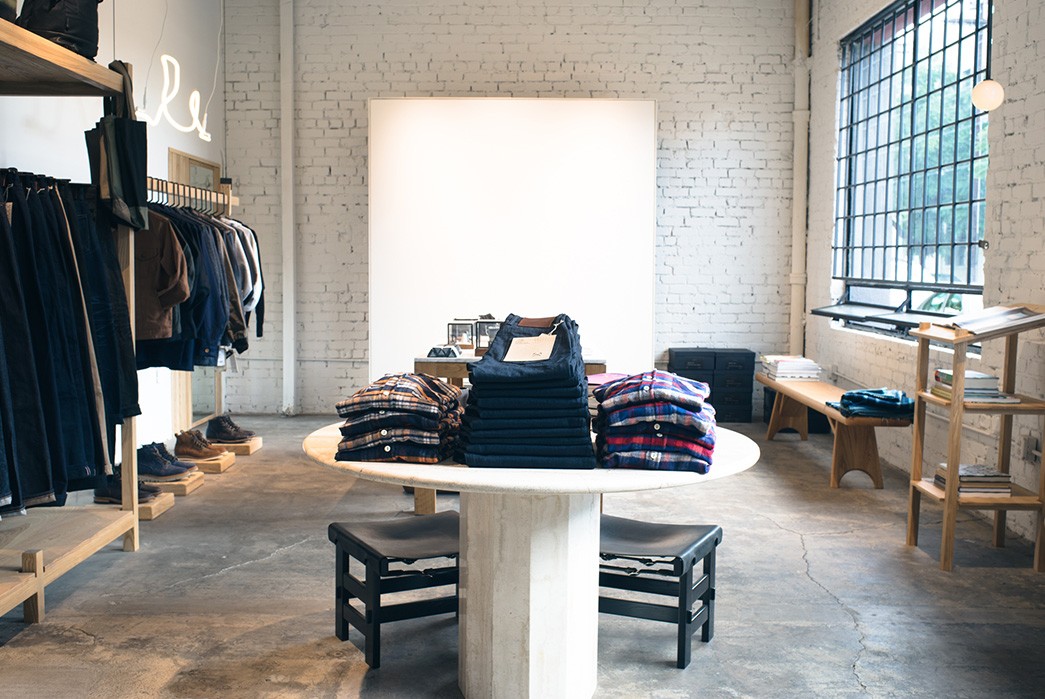
The Monolith (photograph by Zack Vincler / 3sixteen)
The Monolith also offers the opportunity to be used as a more literal canvas. Even before opening their store, 3sixteen has been sharing the work of both artisans and artists who inspire them, through the Singularities features on their website and also Vanguard, a program through which they commission work from a particular artist and include the pieces for free with web store orders. Chen describes the underlying thought: “It’s something that we want to give to you without you feeling like we exist for you [only] to buy stuff from, right? Like, this is beyond transactional. We really love what this person does, and we want, even if it’s something small, for it to be something that you can have.”
Having just read jeffstaple’s description of Reed Space, you might notice certain similarities in their respective goals for a fulfilling retail experience. What strikes me about Chen’s vision for his store is his focus on how that experience is delivered:
“People can use retail stores for many different reasons. You can use it as a conduit to obtain exactly what you want, and if that’s the case, we are there for you. But if you’re there to learn and discover, you take your time – you talk to the person on the sales floor, you ask them questions. You might even want to know what’s playing on the speakers, or you might want to ask for a recommendation on where to get a good bite to eat. When I feel comfortable in a retail space and I have a good rapport with whoever’s working there, those are the types of conversations that will inevitably come up – whether I’m buying something or not.”
Our goal is for you to have a destination to go to and just discover. And maybe not even discover, right? What’s there to discover with the Internet now? You just enjoy. Enjoy and appreciate in person, because there’s still very much a place for seeing, touching and asking questions in person that the Internet just will not be able to give to you. And so I hope people will want to go to the store because it’s more fun than buying online.”
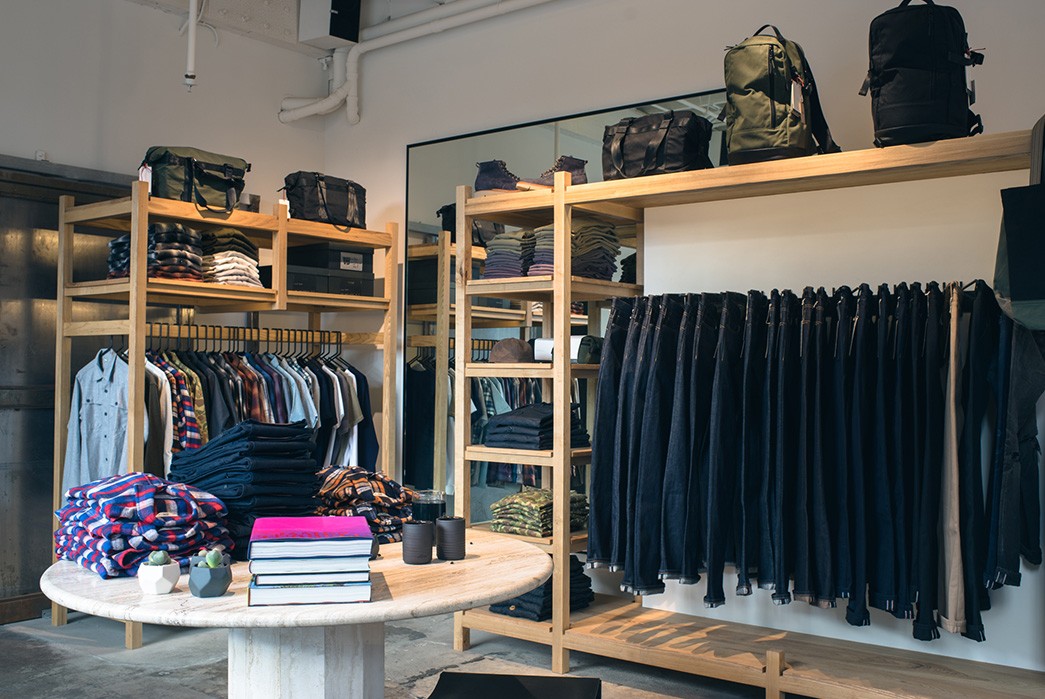
Interior, 3sixteen (photograph by Zack Vincler / 3sixteen)
It’s clear from listening to Chen talk about his store, just how much thought he and Lam have put into how their customers might experience it. This includes how the products are displayed, along with how they’re packaged and presented when you buy them. For instance, they are building a custom flat file cabinet that will allow faded examples of jeans to be pulled out from drawers for customers to interact with. That cabinet will also double as a packing table, so a customer’s purchase can be wrapped without the boundary of a traditional “cash wrap” sales counter. Every choice in design seems to consider how customers engage and, in turn, are engaged with.
It makes a lot of sense to me – allowing a space for personal discovery and dialogue based on mutual interests. Even the way Chen talks about the ideal experience at 3sixteen comes back to interaction: “[We want to] deepen the human connection, deepen the connection to what informs us as individuals, as designers, as a brand. Discover something new maybe, that’s the goal.“
Anytime you become a regular at a store, it’s always nice to be able to share something back – to repay someone whose opinion and knowledge you respect. It can form the underpinning of a creative community – you give a little, you take a little and everybody gains. It’s an exchange but not a mere transaction. And sometimes it’s the teacher who learns from the student.
“Thank you for learning with us.”
Coda
Reed Space has been acquired by TGS, Inc.; jeffstaple will serve as its creative director and hopes to re-open the store in New York City in the first quarter of 2017 with a refreshed vision of what he thinks retail should look like. In keeping with Reed’s established principles, Ng promises “it won’t be a place that just sells stuff to you.”
The 3sixteen store is open for business daily from 11AM to 7PM at 941 East 2nd Street, Los Angeles, 90012.

